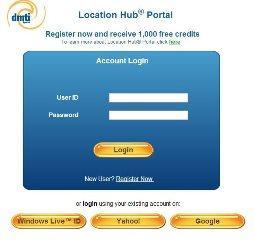Geopositioning Promotional Video from Topcon in Europe [source: Vimeo]
Geospatial technology refers to equipment used in visualization, measurement, and analysis of earth’s features, typically involving such systems as GPS (global positioning systems), GIS (geographical information systems), and RS (remote sensing).
By canadiangisFiled in: Canadian Geomatics Industry, MultimediaTags: Geospatial, Geospatial Technology, mapping, Mapping the Future, technologyAlso Check Out ...

With the steady growth in smart mobile devices and with every modern web browser now supporting HTML5, its adoption for web-based mapping is clearly on the rise. HTML5 will increasingly influence Esri-based web mapping.
This 30-minute webinar will provide an overview of HTML5 for generalists, theorize on likely time lines around adoption, and provide information to help you ensure that your organization is positioned to embrace this important standard at the right time.

Great little presentation providing information for almost all levels of users from beginners to experienced, with topics including: map navigation tips and tricks, keyboard shortcuts, customization, magnifier window, creating symbols, modifying existing symbols, working with map layers, layer files, python scripting and much more.
Many of the shortcuts they mention in the presentation can also be found in this helpful summary document.

Recently I had an opportunity to talk ‘one on one’ with Arthur Berrill, CTO of DMTI Spatial; a Canadian geomatics based company that has been a leader in the Location Business for several years. DMTI Spatial is a Canadian based company that has been providing industry-leading enterprise Location Economics solutions for almost two decades. They started off by designing a comprehensive and tightly integrated national street network database known as CanMap®, and have evolved to integrate Location Economic solutions through Location Hub® combined with a database of unique address identifiers (UAID).
Unlike traditional GIS that is typically built around X, Y coordinate values with attribute information and designed for more technical people whereas location analytic services uses an address as the key approach to connect attributes while defining the location spatially at the same time. When you stop and think about it, almost nothing in everyday life uses coordinates to define locations, yet nearly all data contains address based information, therefore it makes perfect sense to have Location Hub® start with the addresses and then build a GIS behind the scenes, leveraging the most comprehensive base data available in Canada. …
Discover How Geomatics is Helping to Shape the World’s Future
